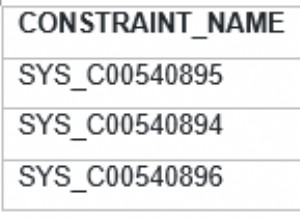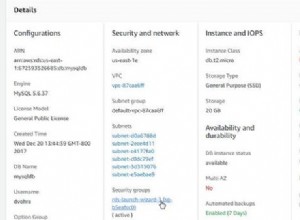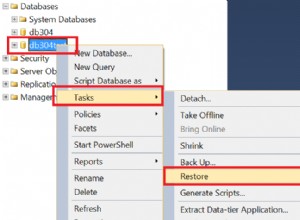Kroki:
- Utwórz numer wiersza,
rn, we wszystkich wierszach w przypadkuidnie jest w kolejności. - Utwórz numer wiersza,
approv_rn, podzielone wedługEmailApprovedwięc wiemy, kiedyEmailApproved = 1po raz drugi - Użyj
outer applyaby znaleźć numer wierszasecondwystąpienieEmailApproved = 1 - W
whereklauzula odfiltrowuje wszystkie wiersze, w których numer wiersza to>=wartość znaleziona w kroku 3. - Jeśli jest 1 lub 0
EmailApproveddostępne rekordy, a następnieouter applyzwróci null, w którym to przypadku zwróci wszystkie dostępne wiersze.
with test as
(
select *,
rn = row_number() over (order by Created desc),
approv_rn = row_number() over (partition by EmailApproved
order by Created desc)
from @Test
)
select *
from test t
outer apply
(
select x.rn
from test x
where x.EmailApproved = 1
and x.approv_rn = 2
) x
where t.rn < x.rn or x.rn is null
order by t.Created desc;




